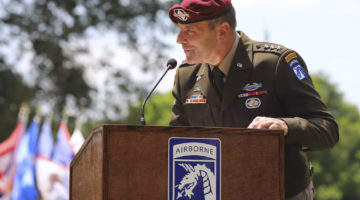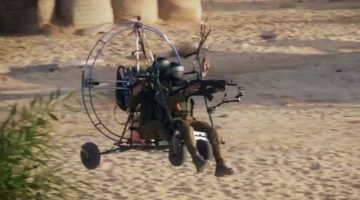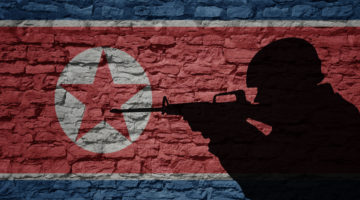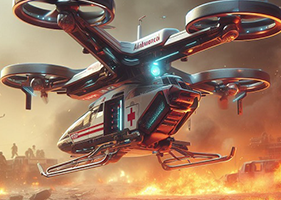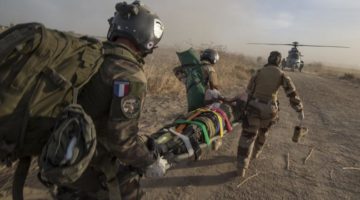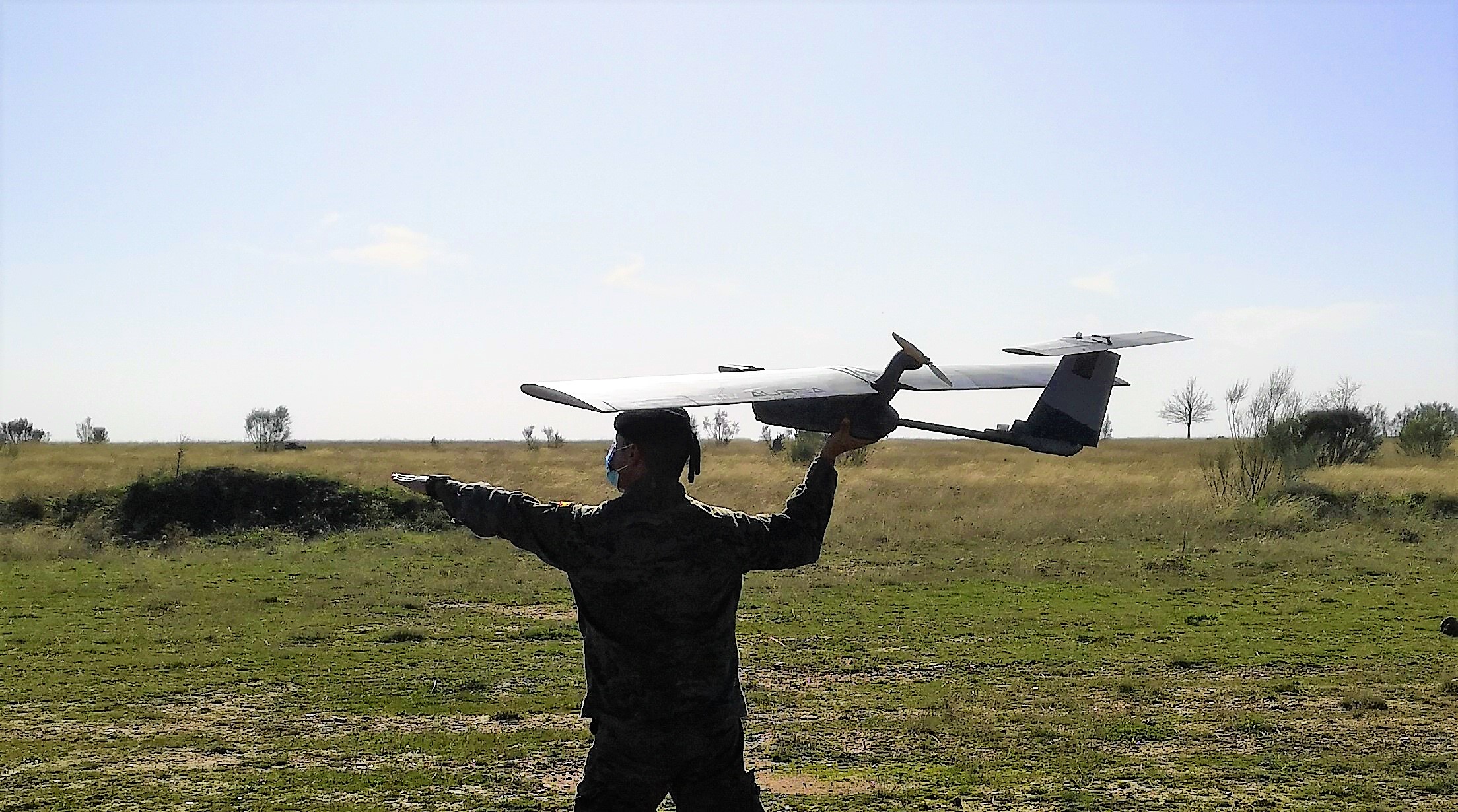(Source: Intelligent Aerospace) – By Courtney E. Howard – U.S. Air Force, Lockheed Martin team autonomous UAS, manned aircraft to boost effectiveness, reduce pilot workload
PALMDALE, Calif. Lockheed Martin (NYSE:LMT) Skunk Works, the Air Force Research Laboratory (AFRL), U.S. Air Force Test Pilot School, and Calspan Corporation joined forces to demonstrate manned/unmanned teaming, using manned aircraft and unmanned aircraft systems (UAS), also known as drones, in concert to improve combat efficiency and warfighter effectiveness.
“This demonstration is an important milestone in AFRL’s maturation of technologies needed to integrate manned and unmanned aircraft in a strike package,” says Capt. Andrew Petry, AFRL autonomous flight operations engineer. “We’ve not only shown how an Unmanned Combat Air Vehicle can perform its mission when things go as planned, but also how it will react and adapt to unforeseen obstacles along the way.”
During the flight demonstration, an experimental F-16 aircraft acted as a surrogate Unmanned Combat Air Vehicle (UCAV) autonomously reacting to a dynamic threat environment during an air-to-ground strike mission. The demonstration success included three key objectives:
- The ability to autonomously plan and execute air-to-ground strike missions based on mission priorities and available assets
- The ability to dynamically react to a changing threat environment during an air-to-ground strike mission while automatically managing contingencies for capability failures, route deviations, and loss of communication
- A compliant USAF Open Mission Systems (OMS) software integration environment allowing rapid integration of software components developed by multiple providers
The two-week demonstration at the Test Pilot School at Edwards Air Force Base, California, is the second in a series of manned/unmanned teaming exercises to prove enabling technologies. (…)
Read Full Article >>> www.intelligent-aerospace.com
Photo © USAF (as published in above-quoted source)

